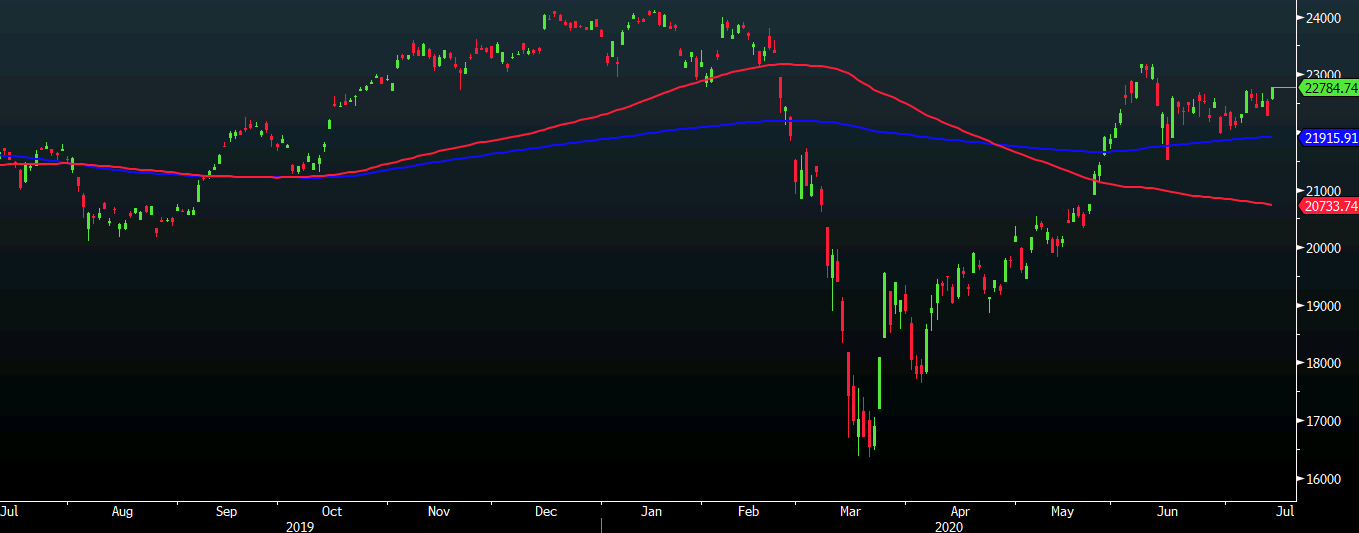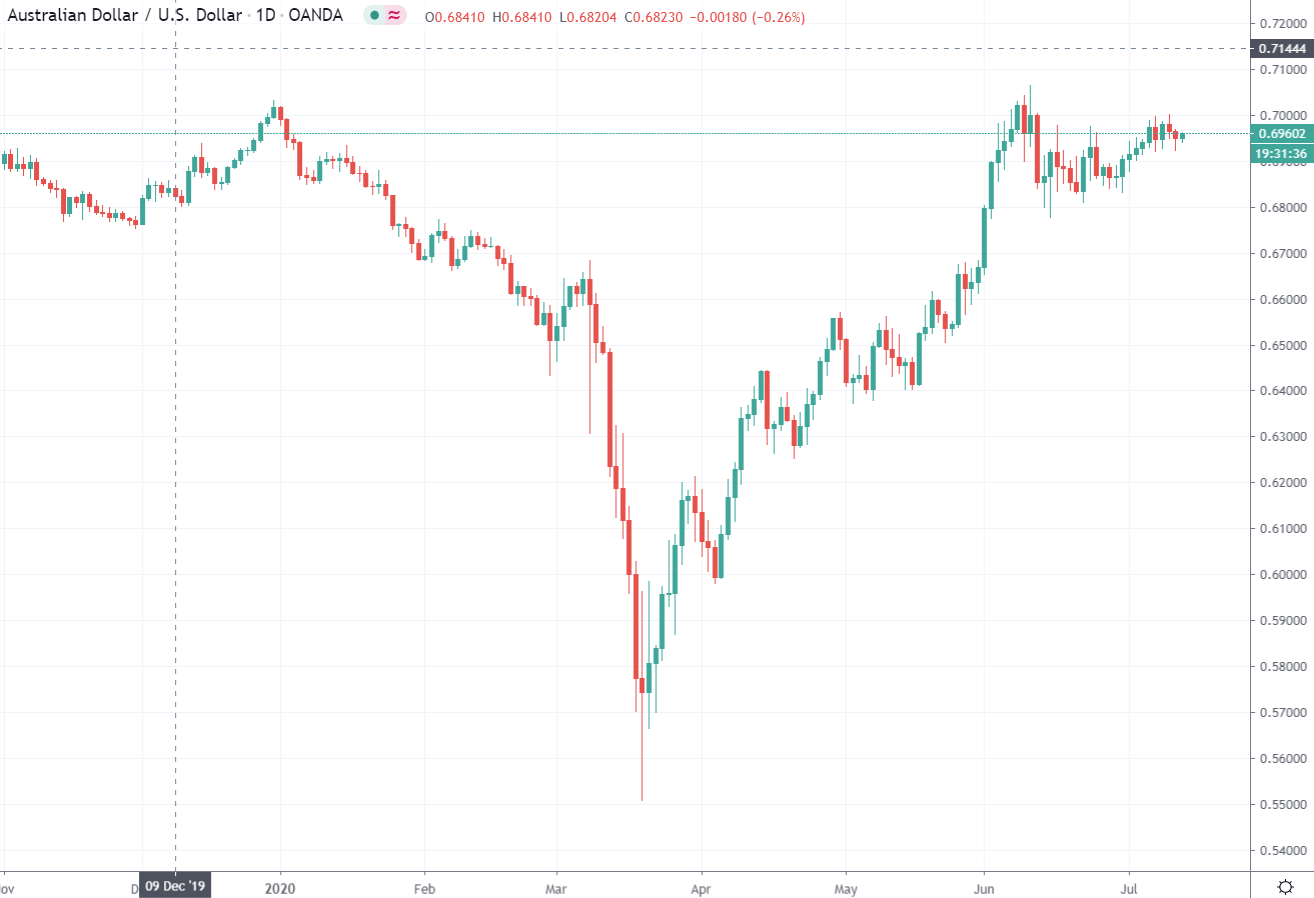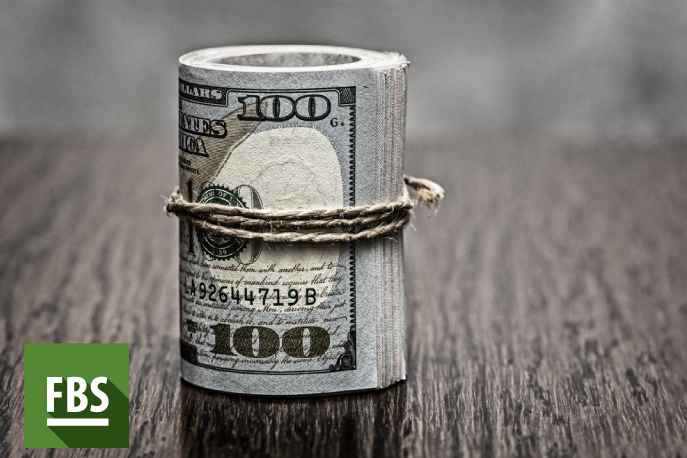Investors gobbled up US stocks to begin the Thanksgiving week, as trade optimism and a flurry of corporate dealmaking pushed all three major indices to new record highs. The S&P 500 surpassed its peak set one week ago, with technology shares leading the way amid renewed hope the US and China can reach a preliminary trade agreement. The benchmark index climbed 0.8 per cent, ending the day near its session high.
The tech-heavy Nasdaq Composite locked up a record closing high of its own, rising 1.3 per cent. Semiconductor groups — seen as a benefactor from warmer trade relations — helped spark gains in the tech sector. The Philadelphia semiconductor index, which tracks 30 companies in the industry, leapt 2.4 per cent, its best performance in a month. The Dow Jones Industrial Average was back above the 28,000 threshold, as it added 0.7 per cent. Investors’ hopes for a thaw in the US-China trade dispute have helped stoke a record run on Wall Street in recent weeks.
The S&P 500 has traded higher in six of the past seven weeks and has gained more than 3 per cent this month. New guidelines from Beijing on strengthening intellectual property safeguards gave Wall Street renewed confidence on Monday that a “phase one” deal could materialise before December 15, when new American tariffs on Chinese goods are due to begin. China’s alleged theft of intellectual property has been a sticking point in negotiations with Washington.
A series of big deals, including LVMH’s planned $16.6bn takeover of Tiffany and Charles Schwab’s $26bn deal to combine with TD Ameritrade, also gave a boost to stocks. The rally followed on the heels of gains around the world. The Europe-wide Stoxx 600 was up 1 per cent.
The Hang Seng surged 1.5 per cent. Some safe-haven assets took a hit amid the shift to equities. Gold fell 0.5 per cent, and the Japanese yen weakened by 0.3 per cent against the US dollar. The dollar index edged fractionally higher. The yield on the 10-year Treasury note fell 1.4 basis points to 1.7603 per cent.





 The USD has been steady versus a basket of major currencies since the start of 2019. The dollar index is trading close to September highs, which, in turn, are at the maximum levels since 2017.The current week, however, hasn’t been very positive for the American currency. So, what future awaits it? In this article, you will find the
The USD has been steady versus a basket of major currencies since the start of 2019. The dollar index is trading close to September highs, which, in turn, are at the maximum levels since 2017.The current week, however, hasn’t been very positive for the American currency. So, what future awaits it? In this article, you will find the